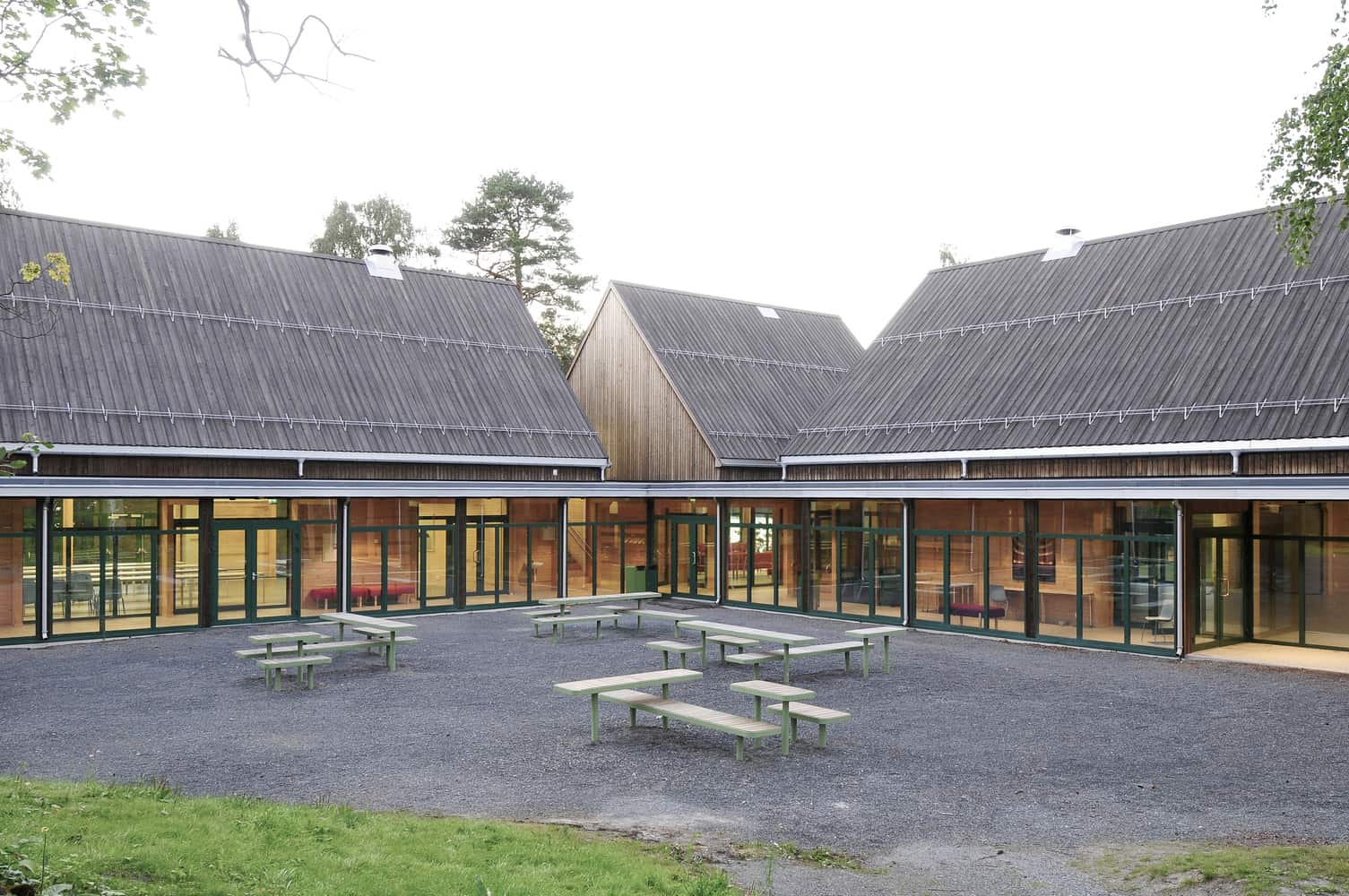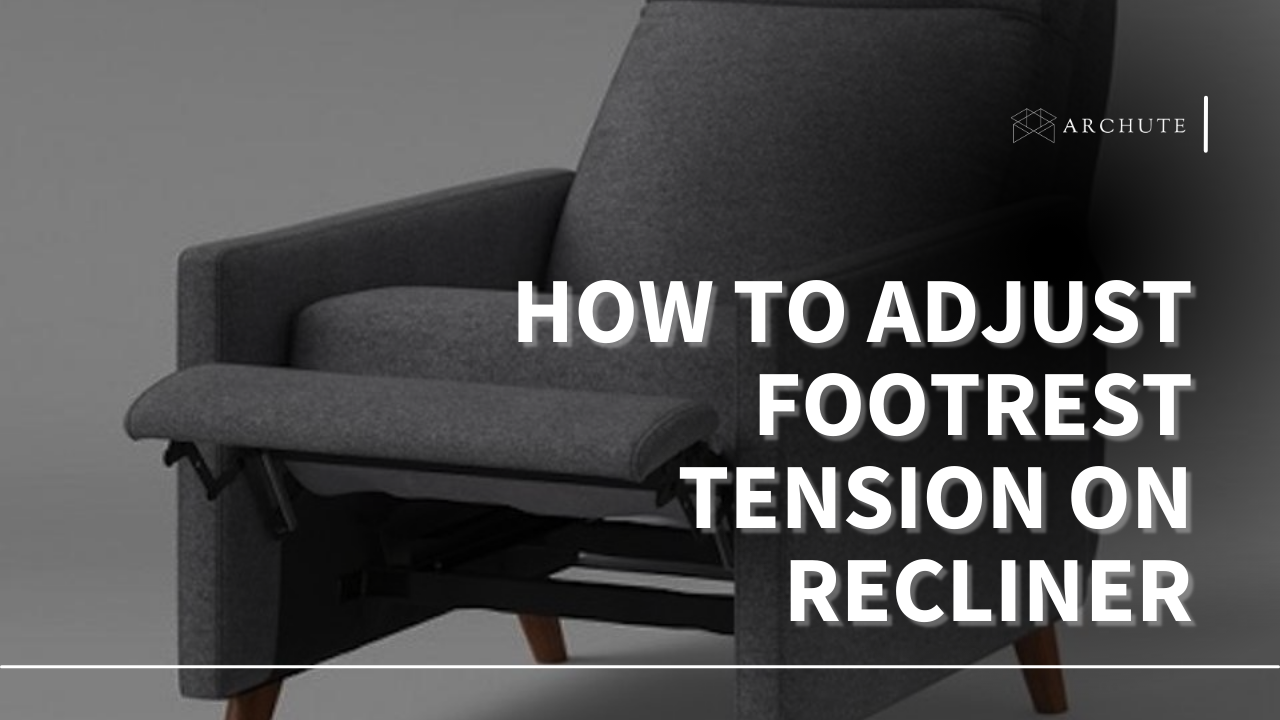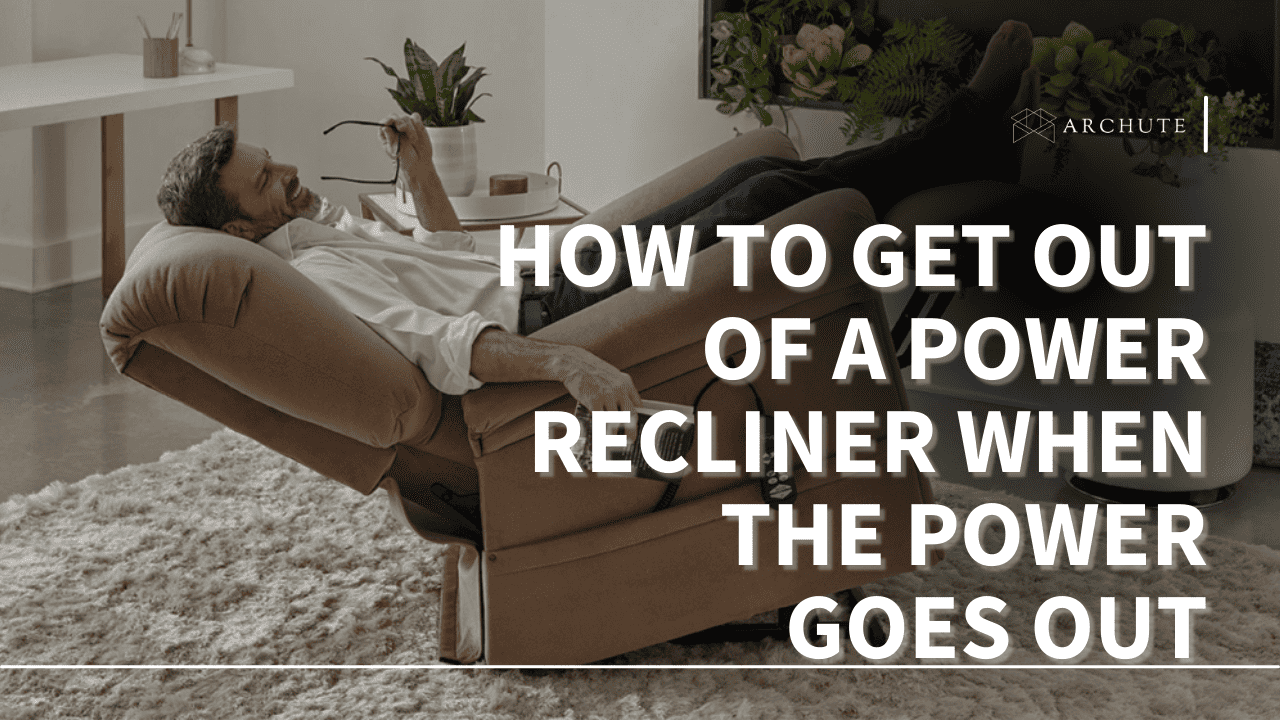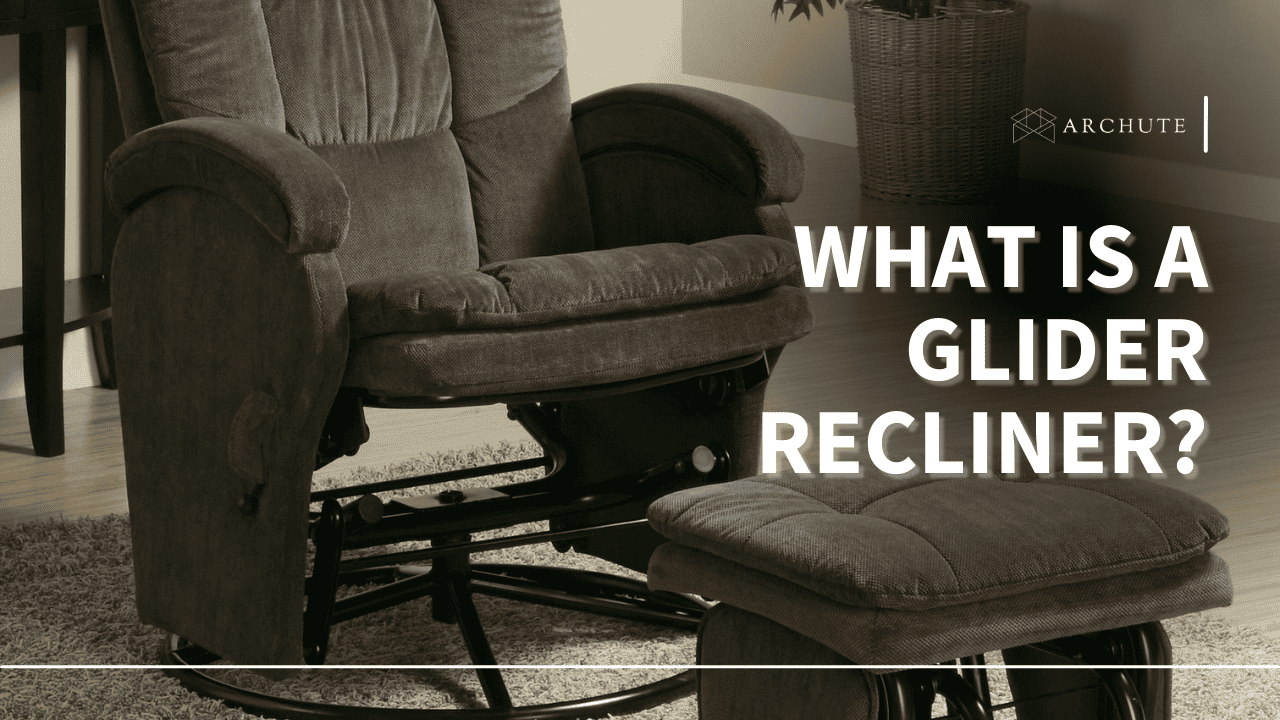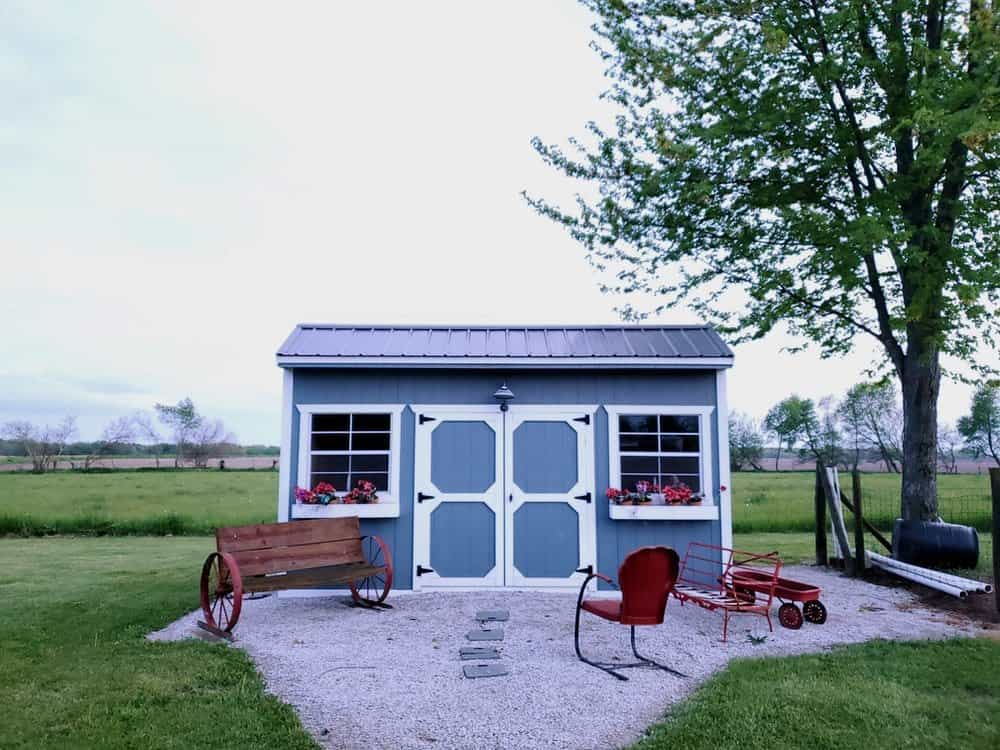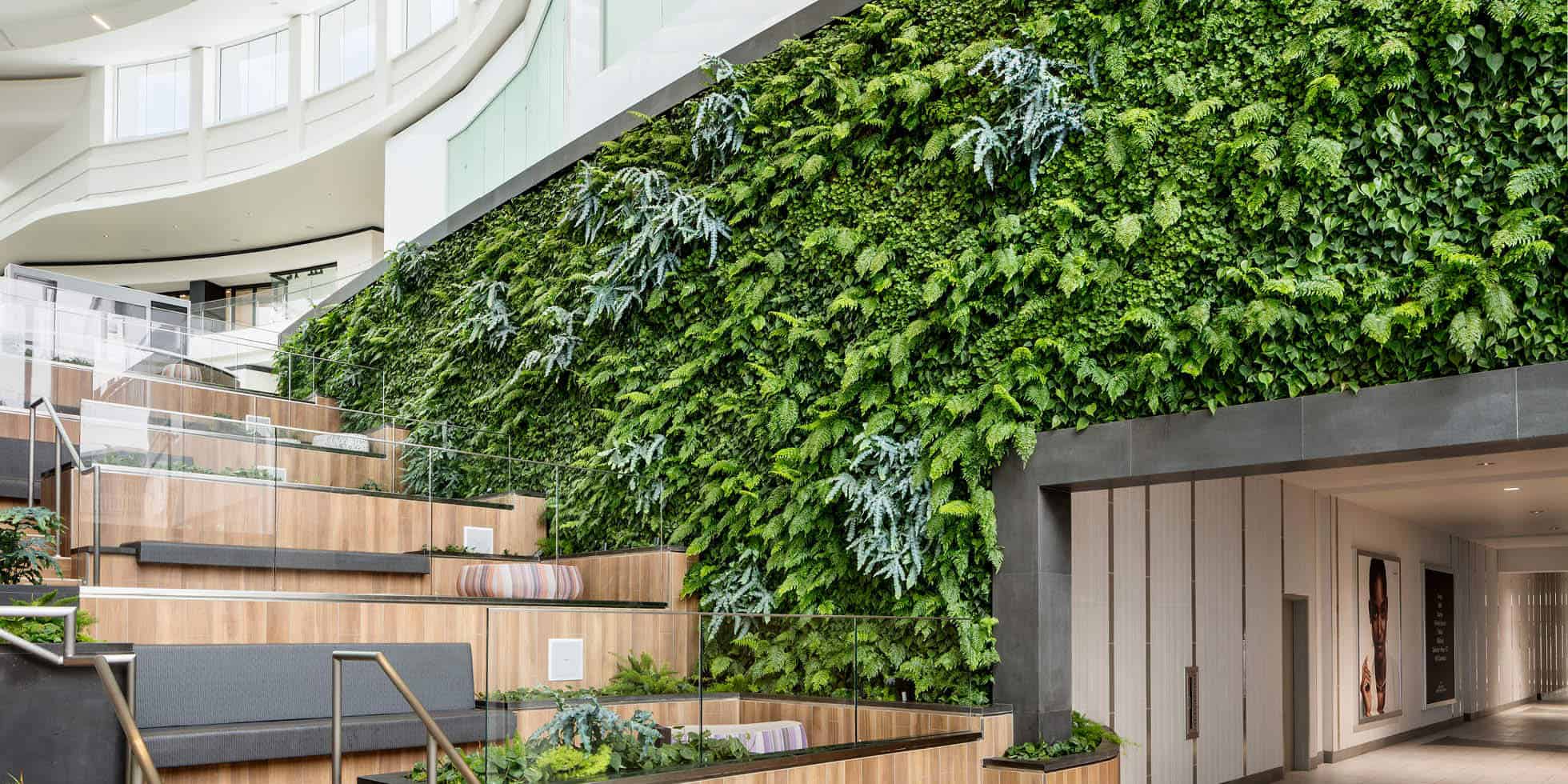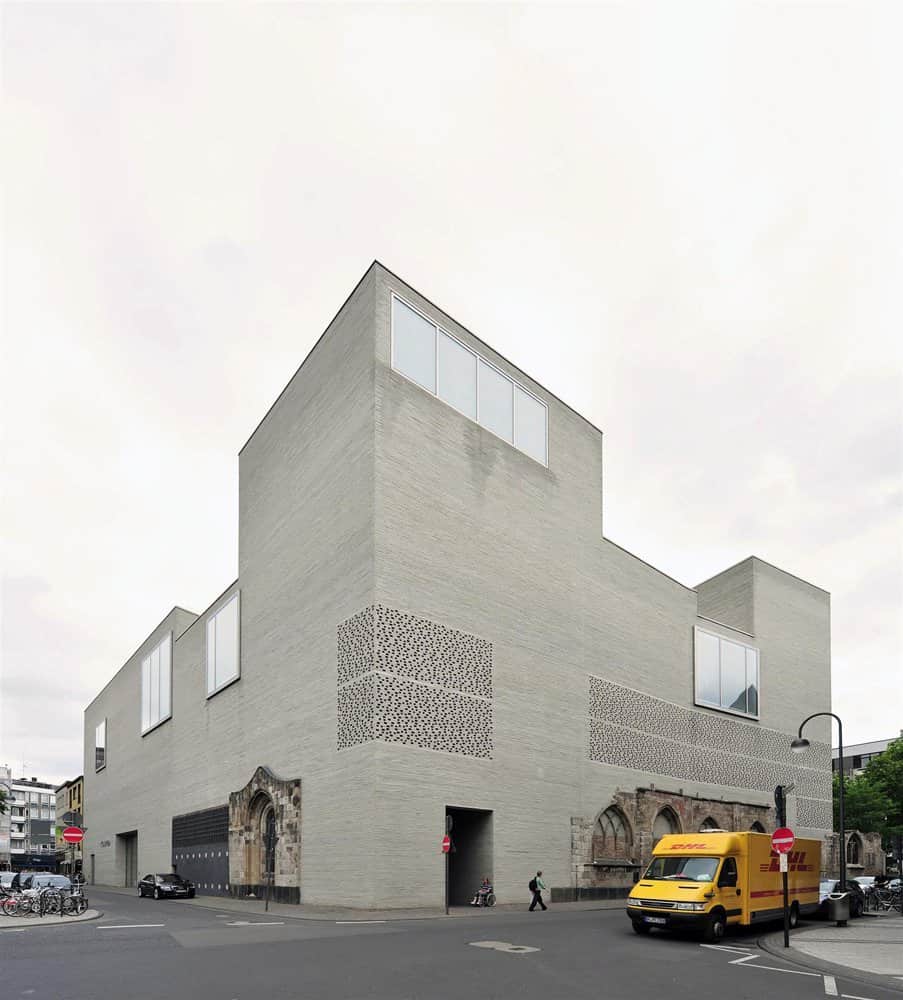On this exact location, 13 individuals lost their lives on July 22nd, 2011, with several more left physically and mentally scarred. This was a component of the Utøya Massacre that took place in Norway in 2011, marked by terrorist attacks fueled by political motives. The island, known as a gathering site for Norway's Labour Youth Party, where youth unite every summer for political and social activities, became a point of attack. Erlend Blakstad Haffner's 'Hegnhuset', translated as 'Safehouse', forms part of Utøya’s reconstruction following this grim period.
It enshrines the actual cafe building where the 13 people lost their lives. It pays tribute to every fatality throughout Utoya through sensitivity in design. The new building honours and preserves the areas of the building directly affected by the massacre, adding a 'protective cover' – a new roof supported by 69 wooden pillars – to the landscape.
The design carefully took into consideration traces of the horrific attack for posterity, so that new generations can learn and take responsibility for safeguarding their democracy. The challenge of honouring the past comes with the responsibility of making sure to tell the correct story. The cafe block has been conserved with bullet holes and open windows where people tried to escape. By keeping intact actual spaces in which loved ones lost their lives, it shows respect but at the same time is a painful reminder that may never heal. This constant reminder is part of the reason why the glazed exterior is slightly mirrored, ensuring that the cafe enclosed within is concealed from those who don't wish to see it.
The glazed inner layer with 69 wooden pillars represents those who lost their lives on that tragic day. They have bodily dimensions and stand together as characters – surround the original structure and creating a new interior space. It reserve one section of the original cabin-like building – the rooms directly affected during the massacre. In a way, it symbolizes protection of the once-unsafe space within a new pine structure. Around this is a fence composed of 495 outer poles, representing the people who survived the tragedy on Utøya. These are the ones who carry the thoughts and memories of that day for the rest of their lives. These pillars create a building envelope that filters entry into the building while maintaining visibility and transparency.
The architect incorporated metaphoric design into this Memorial Library. It has multiple random openings that are not easy to spot instantly. They emphasise the random chance in the choices that were made on that date and give the solution they were not getting - easy escape. These openings create five different entrances to the building to give fluidity in the movement and to exclude the feeling of being enclosed.
Apart from the memorial building, there are a series of additional facilities that include a library, a conference room and meeting spaces. They are designed with cabin-like buildings features such as steeply pitched roofs and wooden walls. They also have large expanses of glazing that ensure the surrounding forest is visible from everywhere inside.
The design is a calm and worthy memorial to honour those killed, those who survived and those who were scarred for life. Furthermore, it is a place for remembrance for new generation, lest they forget.
Project Information:
Architect: Erlend Blakstad Haffner
Project Team: Branko Belacevic, Ivana Barandovski, Petar Stelkic, Vladimir Cvejic
Built area: 5000 Square Feet
Location: Hole, Buskerud, Norway
Year of Completion: 2016
Photographer: Are Carlsen

